Beijing’s bullying of the foreign media, another reason to decouple from China
Academics and journalists walk on eggshells when writing about China because they know the Chinese Communist Party is looking over their shoulder
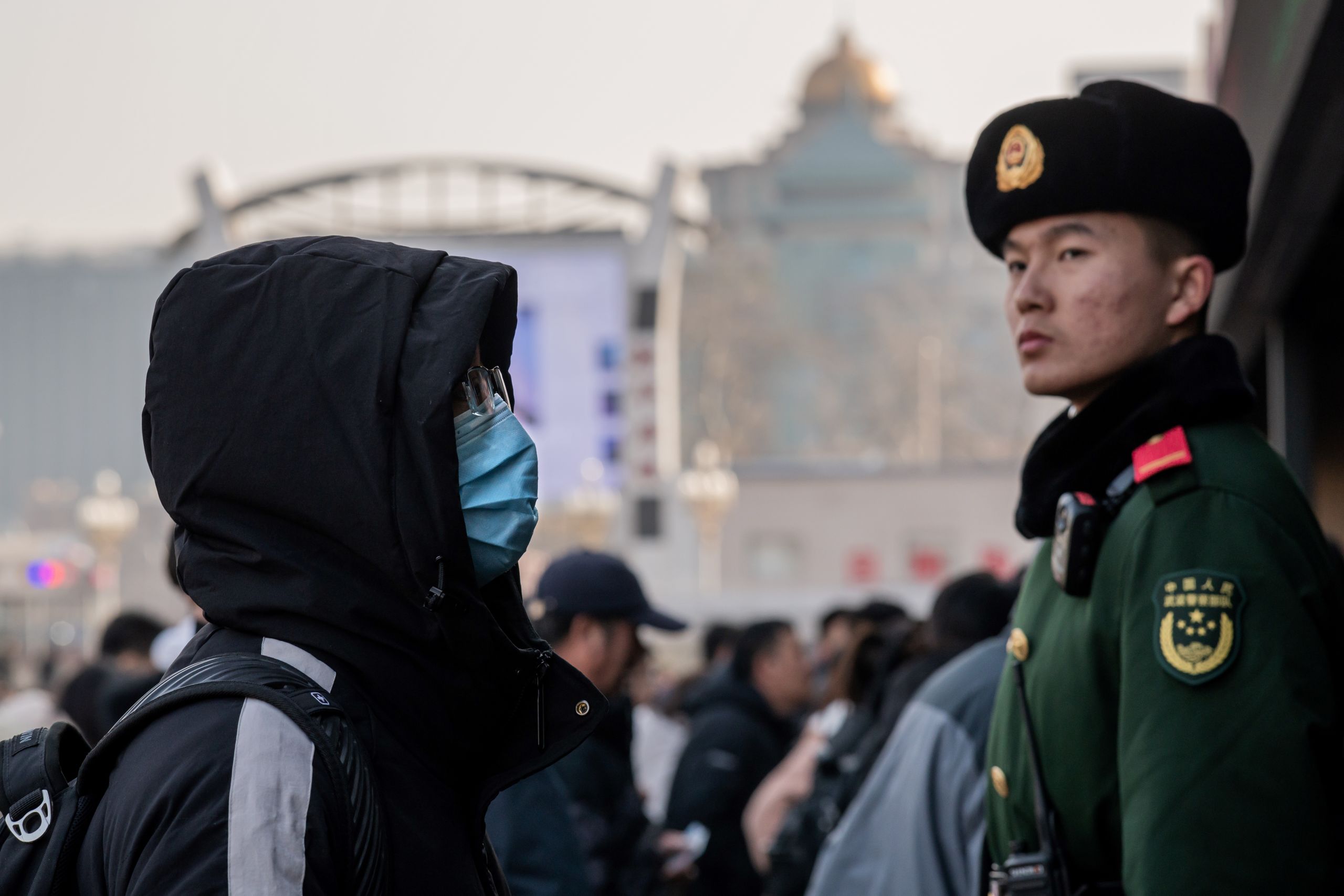
On Feb. 19, China expelled three Wall Street Journal reporters in retaliation for an opinion article published in the U.S. business-focused daily with the title, “China is the real sick man of Asia.”
The WSJ published the article, by Walter Russel Mead, on Feb. 3. The lead was,
“Its financial markets may be even more dangerous than its wildlife markets.”
The article apparently touched a nerve in Beijing, which caused an avalanche of escalating government retributions against Chinese and American media outlets. The media war will yet further estrange the two countries and increases the likelihood of more economic and military conflict. But this spiral is difficult to avoid as long as China remains the aggressor against global free speech and other liberties. Trying too hard to avoid conflict, may indeed encourage China’s aggression.
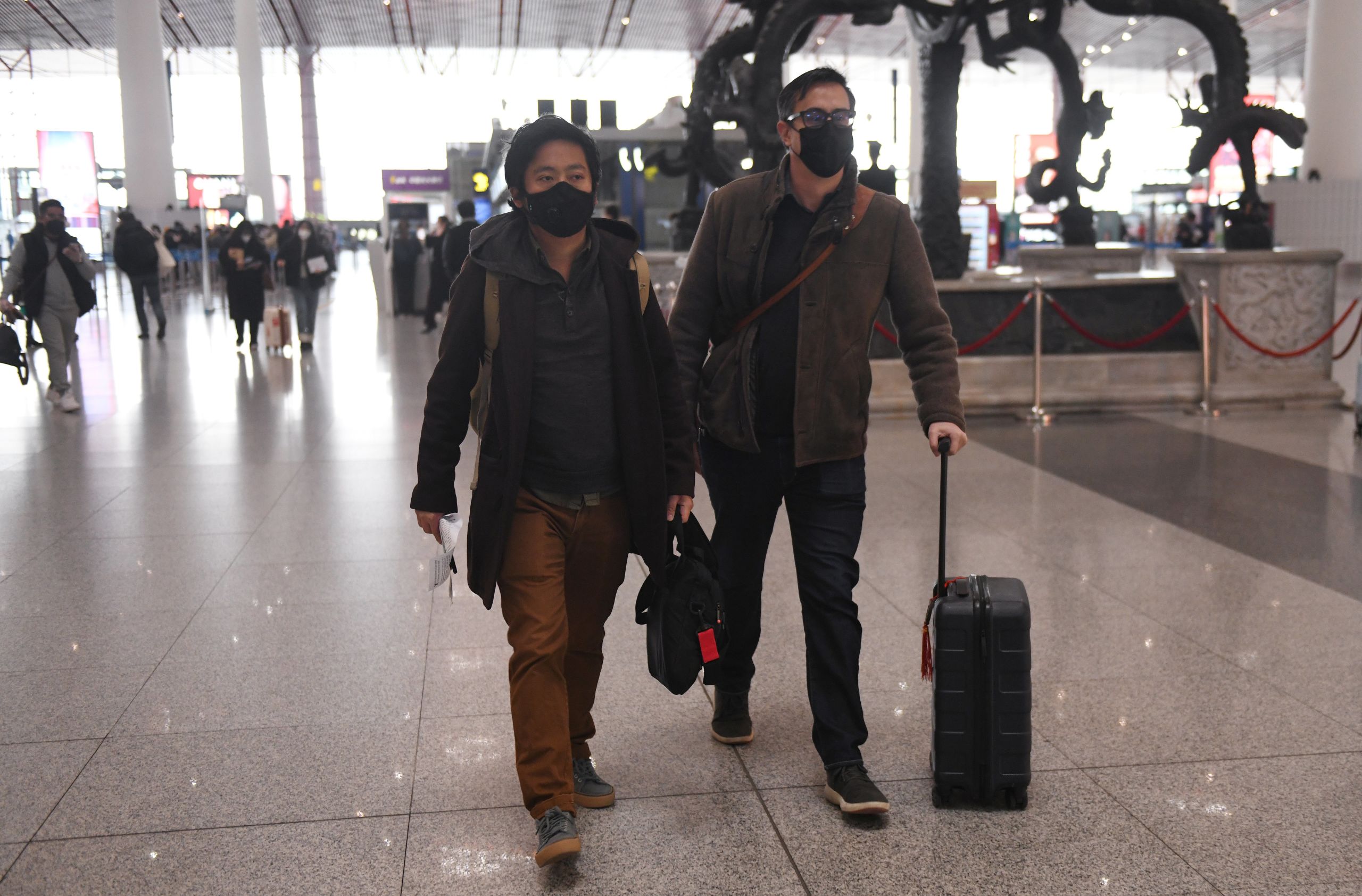
Wall Street Journal reporters Josh Chin (right) and Philip Wen walk through Beijing Capital Airport before their departure on Feb. 24. (Photo by Greg Baker/AFP)
Wall Street Journal reporters Josh Chin (right) and Philip Wen walk through Beijing Capital Airport before their departure on Feb. 24. (Photo by Greg Baker/AFP)
The increasing threat of conflict is buttressing sentiment in favor of “decoupling” from Beijing. “The most important longer-term outcome would appear to be a strengthening of a trend for global companies to ‘de-Sinicize’ their supply chains,” wrote Mead. “Add the continuing public health worries to the threat of new trade wars, and supply-chain diversification begins to look prudent.”
In other words, the world should start sourcing from some other country than the “sick man of Asia”. That could not only protect companies that are overexposed to China, but put a real crimp in China’s plans of global economic and military dominance, as international trade was 38 percent of China’s GDP in 2018, down from 64 percent in 2006. China’s military power depends on the country’s large GDP for funding.
A widening chasm of conflict
Negative economic opinion writing in the WSJ about China is therefore a very sensitive topic for China’s leaders. It was the pebble that caused the latest avalanche on a mountain of economic engagement that is fast becoming a chasm of conflict. Disputes over press representatives in each country now add to already-existing conflicts over, for example: trade, intellectual property, 5G, industrial espionage, freedom of navigation, Taiwan, human rights, leadership of international organizations, influence operations, global warming, the pandemic and a military arms race. We seem to be in a dispute with China over more things than not.
The expulsion of the WSJ reporters clashed with journalistic ethics that prize freedom of speech and an independent media. Punishing reporters in China who had nothing to do with an op-ed written by a professor in upstate New York will have a wide chilling effect and was directed not only at the WSJ, but against other media outlets as well.
The squeaky autocrat gets the grease
The intention of the Chinese Communist Party (CCP) was likely to scare editors globally to more carefully write their headlines and choose their articles so as not to run afoul of China’s censors. The effect of the CCP’s ire will indeed be conscious and subconscious self-censorship. Editors will strive to keep Beijing happy in order to avoid the trouble of lack of reporter access to China, and lack of Chinese subscriber access to their content. That bullying of the press has worked in the past and will work in the future.
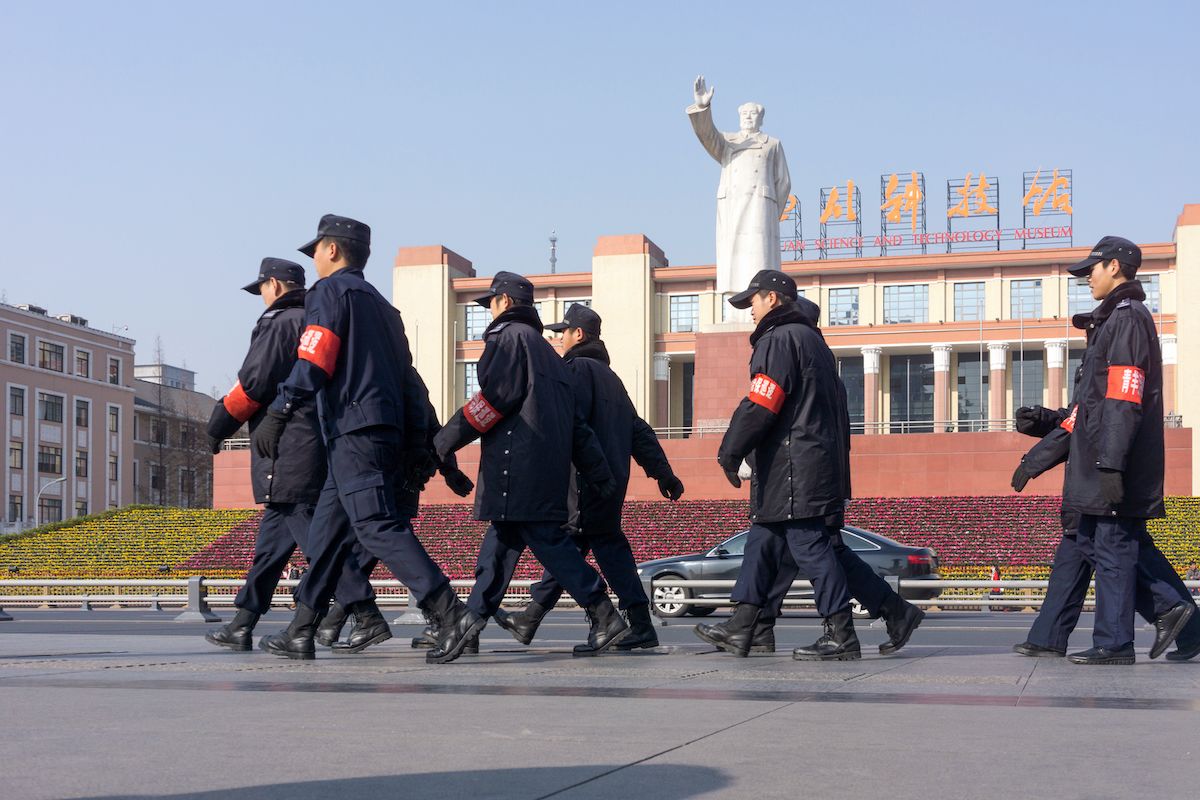
(shutterstock. com photo)
(shutterstock. com photo)
The editor of the New York Times in the 1930s, for example, sought to believe that he did not publish anything that would upset the Nazi regime, according to William Shirer’s “The Rise and Fall of the Third Reich”. That state of mind, averse to negative coverage of the Nazis, was a bias in favor of Germany.
Squeaky wheel totalitarian dictators get the grease in today’s media environment. Democracies and the freedom of speech upon which they depend for good governance, are the victims.
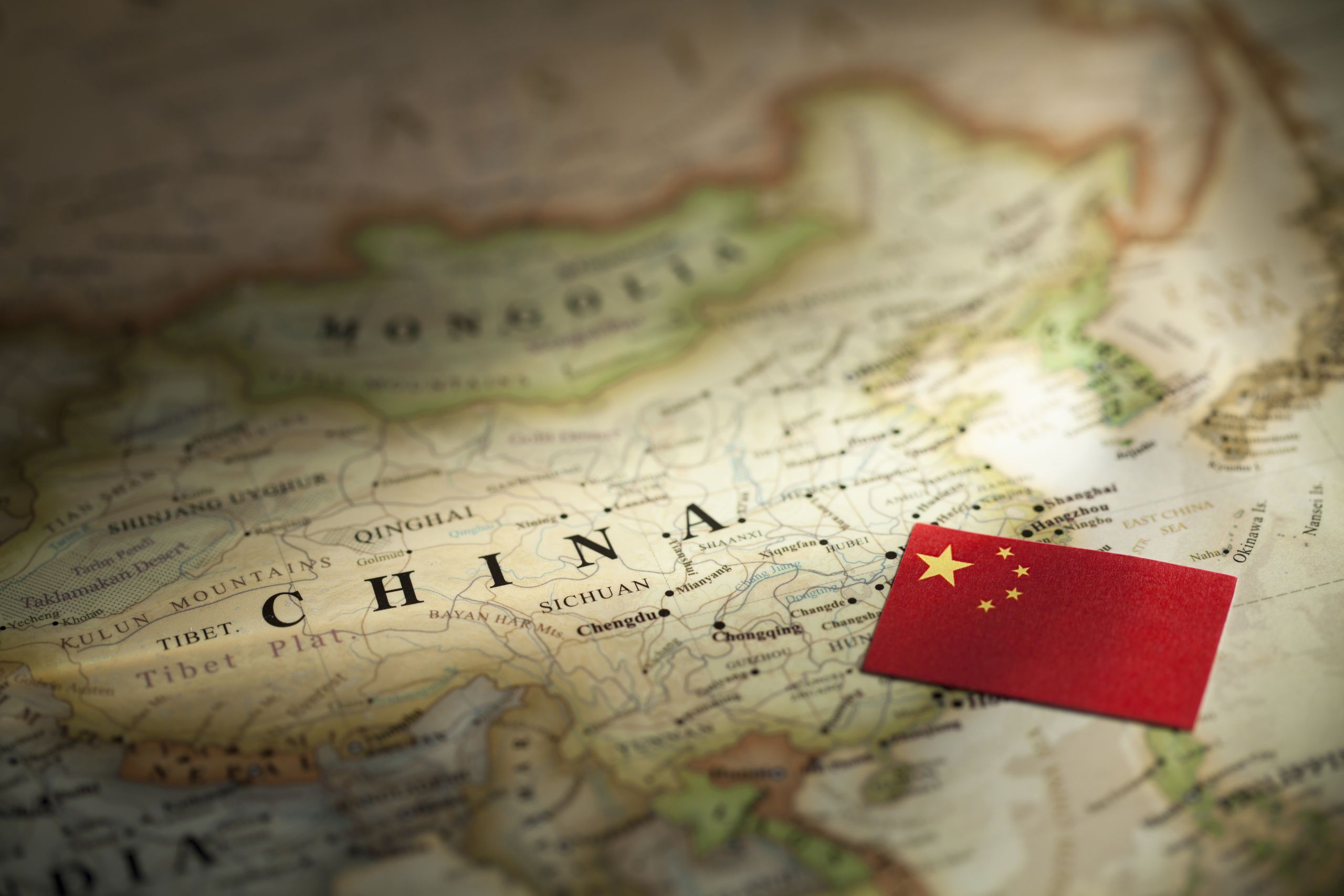
Example of China’s bullying the media: COVID-19 or China’s virus?
Academics and journalists today walk on eggshells when writing about China because they know the CCP censors are quick to complain about using the wrong map or unapproved terminology. Such complaints can lead to loss of a job for a writer or editor, or to loss of market access for the periodical.
For example, calling the new coronavirus the “China virus” or “Wuhan flu” is absolutely verboten according to the CCP, because it subtly (and rightly) lays blame with the Chinese authorities. They go so far as to call that terminology racist, even though its referent is geographic rather than racial, and is similar to calling a pandemic by its origin as with the Spanish Flu, German Measles and Japanese Encephalitis.
When it comes to China, however, the CCP has another standard. It would prefer that we call the virus by the anodyne referent “COVID-19”, and the WHO has complied. The country has gone so far as to launch a massive propaganda effort implying that the disease was delivered to Wuhan by U.S. Army officers in October, as if it were a biowarfare operation by the U.S. against China. This has infuriated government officials in Washington, D.C., whose attitude towards China and its allies is hardening.
On March 20, U.S. Secretary of State Mike Pompeo accused China, Russia, and Iran of a large-scale disinformation campaign surrounding the Wuhan virus, including fake news of a U.S. lockdown.
As the world grapples with understanding the lethality and communicability of the disease amid rising alarm among market analysts and the public, China, Russia and Iran may want adversary countries to overreact and thus harm their economies, driving them to produce propaganda that increases fear in democratic publics and markets.
Meanwhile, these authoritarian countries may be able to largely ignore costly public health measures demanded by voters in democracies, and thus more quickly rebound economically. Sacrificing their older populations is easier for them because of lack of a free media and might even be seen as a Machiavellian way to improve their economies.
China generally forbids international scientists from visiting Wuhan, which makes the CCP’s story of its origins in the U.S. unverifiable. Anything goes, apparently, for China to try and fob off responsibility. They seemingly think enough of the world will buy their story that this media manipulation is worth whatever opprobrium it elicits in more skeptical circles.
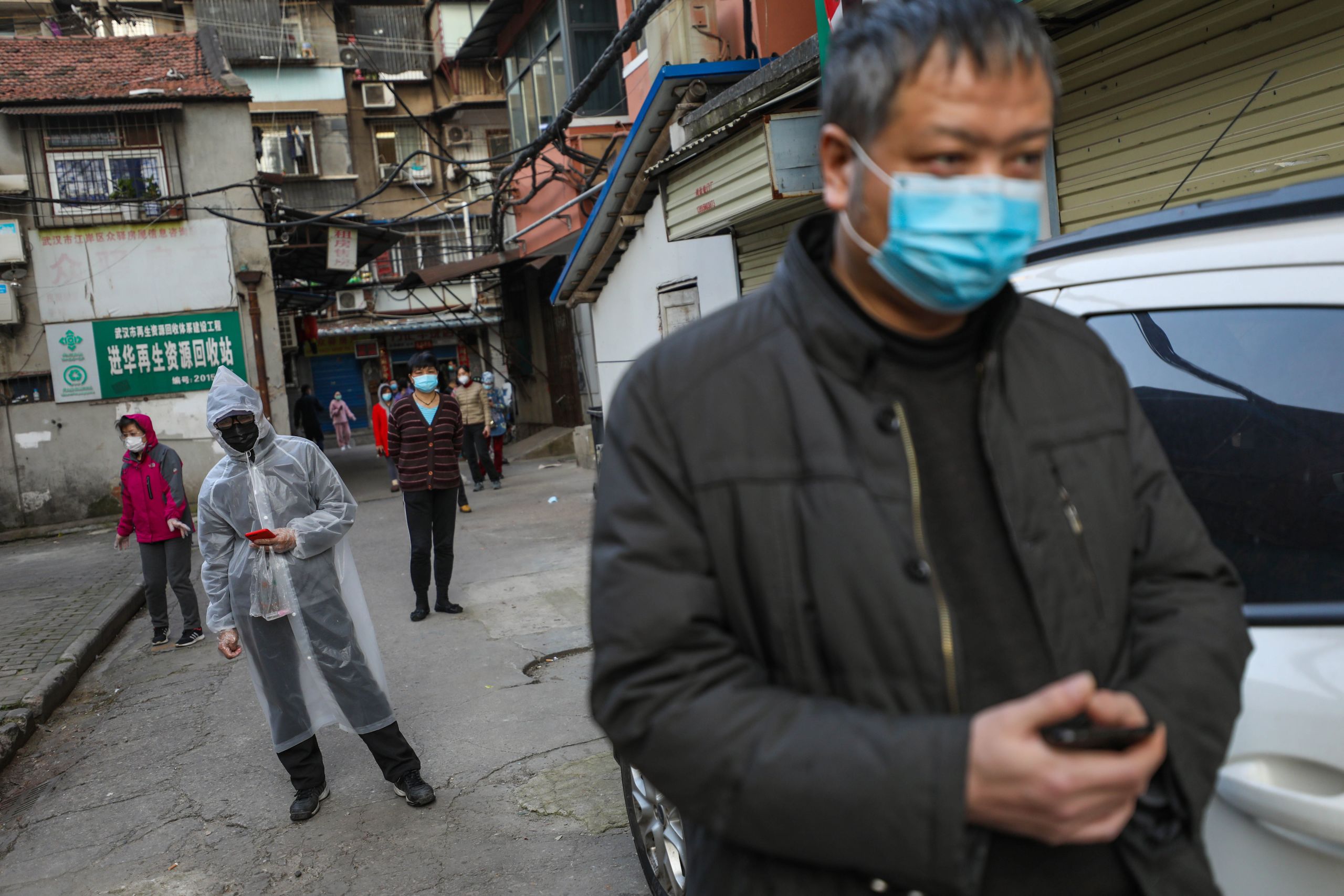
This photo taken on March 18, shows residents lining up to pick up pork which was delivered to their quarantined compound in Wuhan, in China's central Hubei province. (AFP photo)
This photo taken on March 18, shows residents lining up to pick up pork which was delivered to their quarantined compound in Wuhan, in China's central Hubei province. (AFP photo)
Indeed, some China-friendly journalists, politicians and academics have jumped on the CCP bandwagon. Vox said it was “dangerous”, “racist”, and a case of “xenophobia” for Trump to call COVID-19 the “Chinese virus”. U.S. Speaker of the House Nancy Pelosi and the Congressional Asian Pacific American Caucus called for an apology from those politicians who linked China to their preferred name for the virus. They intimated that such a name was against Chinese Americans, which was a real leap from noting the geographic origin of the virus. If the name points blame towards the authority over that region, all the better. The CCP, after all, allowed the horrendous and inhumane conditions of the wet markets in which the virus incubated and jumped to human populations, and then covering up the outbreak long enough for it to spread globally. Assigning blame is the right thing to do.
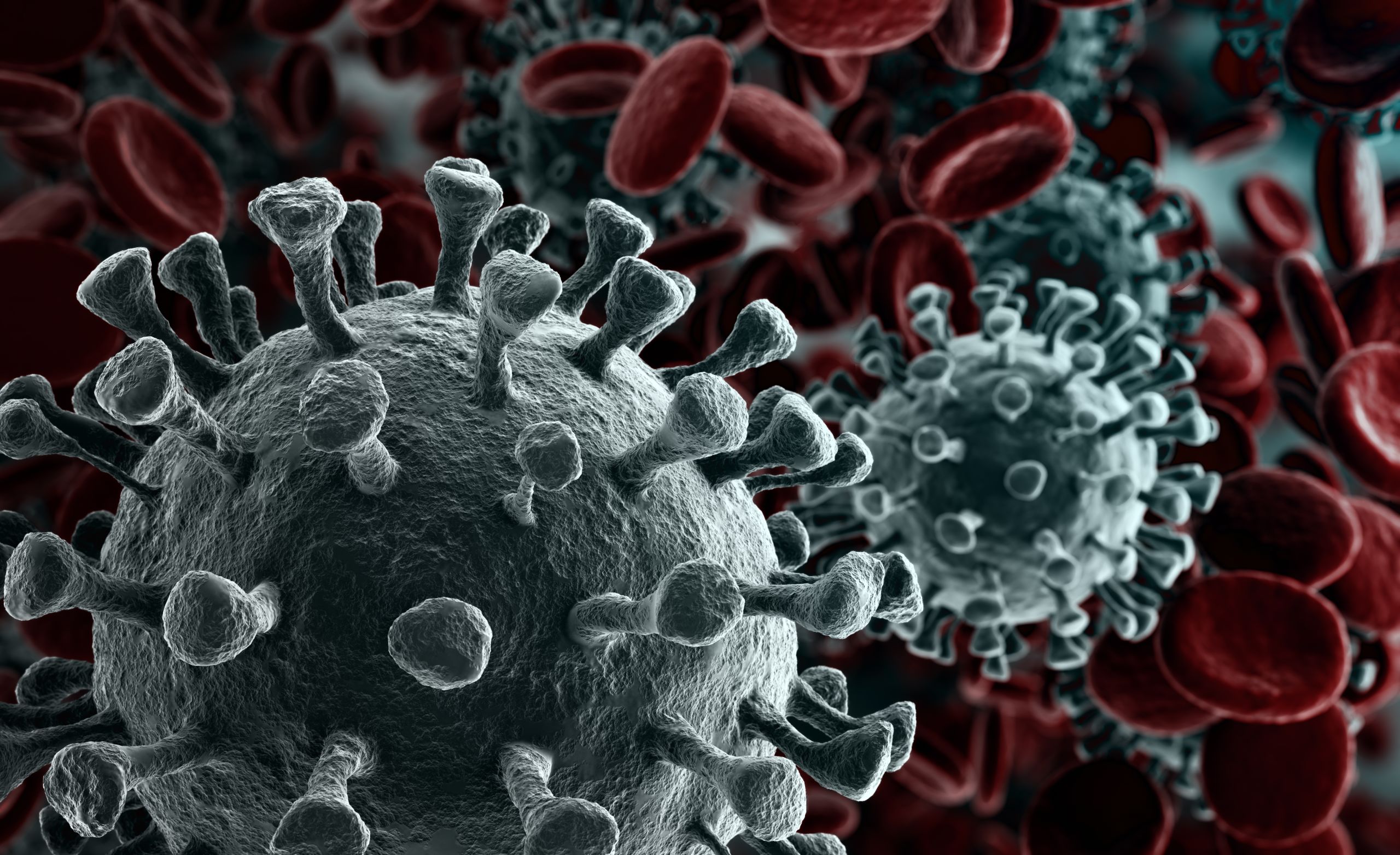
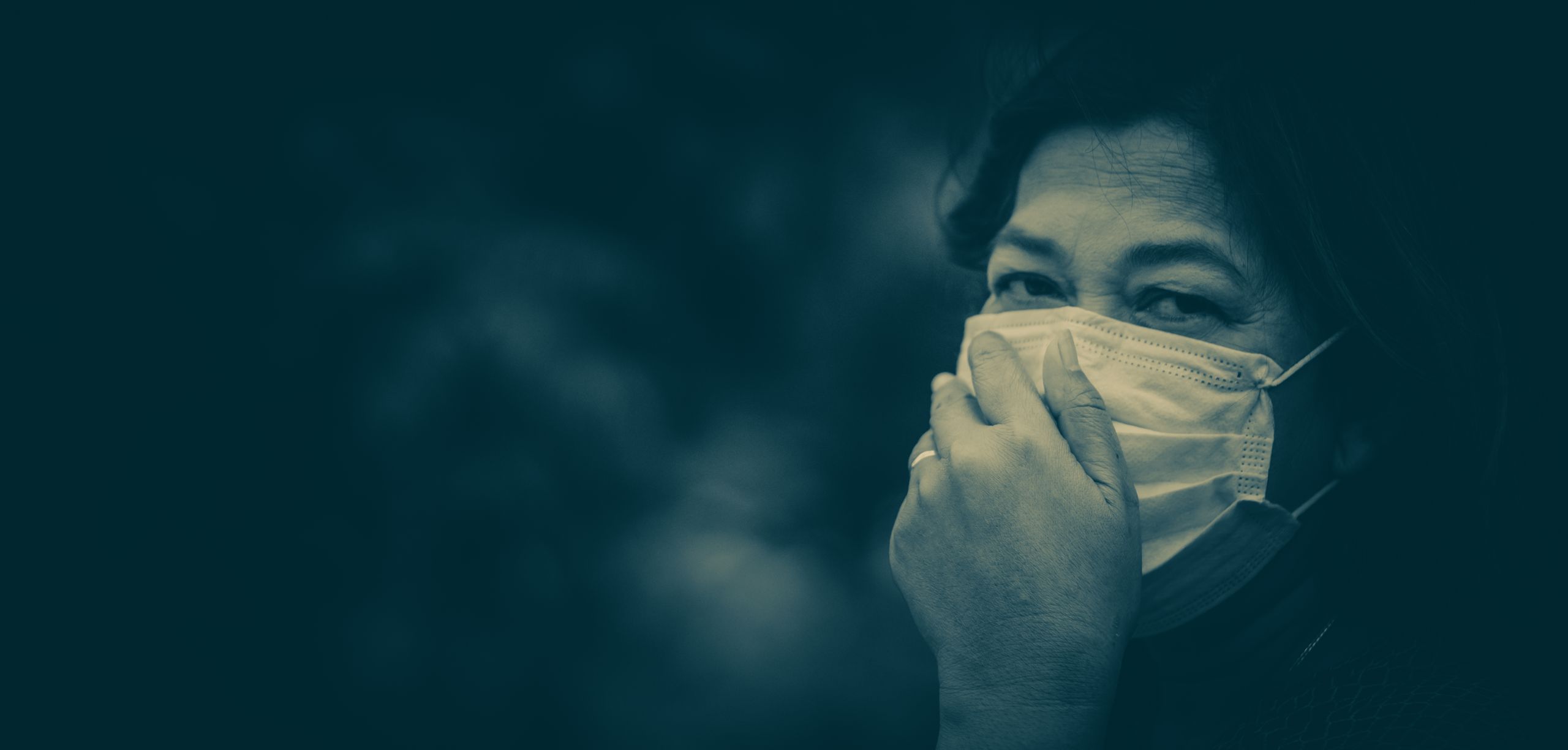
Tit-for-tat over media coverage of the Wuhan virus
In response to China’s expulsion of the three WSJ reporters, the U.S. State Department on March 2 announced it would expel 60 of the 160 Chinese state media representatives. This is approximately the number of American journalists allowed in China, and so fits the new reciprocity rule of the Trump administration with respect to China. The U.S. government now seeks to treat China in the same way that the CCP treats Americans.
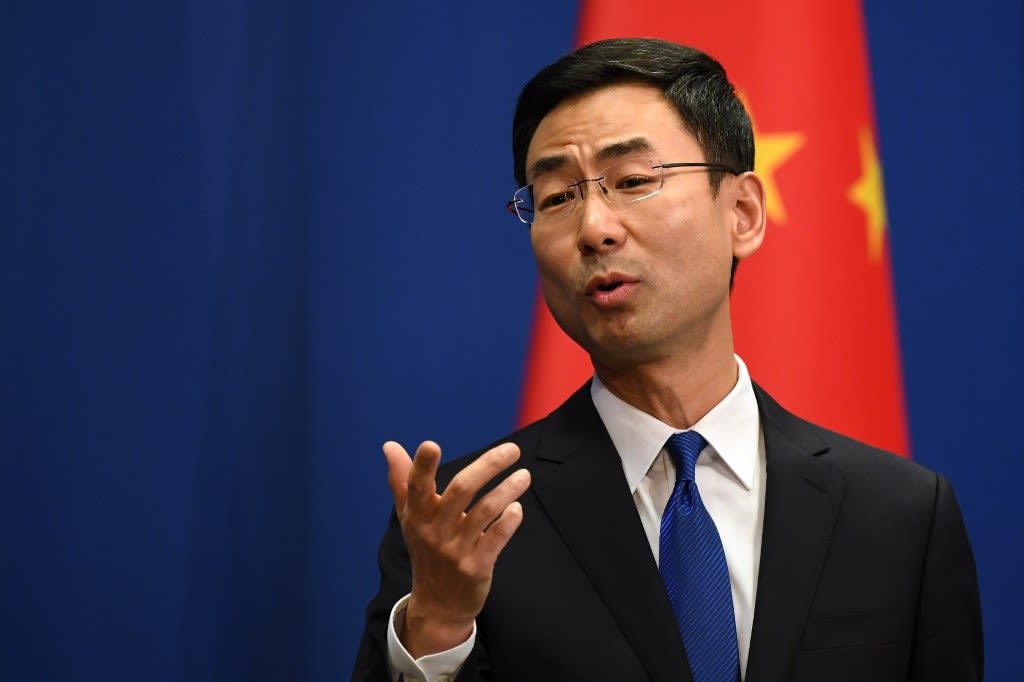
Chinese Foreign Ministry spokesman Geng Shuang speaks during the daily press briefing in Beijing on March 18, the same day it was announced that China would expel American journalists from three major U.S. newspapers. (Photo by Greg Baker/AFP)
Chinese Foreign Ministry spokesman Geng Shuang speaks during the daily press briefing in Beijing on March 18, the same day it was announced that China would expel American journalists from three major U.S. newspapers. (Photo by Greg Baker/AFP)
China’s foreign ministry criticized the U.S. decision as driven by “a Cold War mentality and ideological bias”.
This then devolved into a tit-for-tat battle in which China announced on March 17 that it was effectively expelling an additional 13 U.S. reporters, including from the Wall Street Journal, New York Times and Washington Post. The ban includes the semi-autonomous regions of Hong Kong and Macau, which enjoy greater press freedom than does China.
Beijing’s denial of access to Hong Kong is a new arrogation of powers as the city’s Basic Law reserves the right to grant journalists’ work visas. The erosion of Hong Kong’s freedoms, including Hong Kong’s expulsion of a Financial Times reporter in 2018, is further eroding business confidence in Hong Kong and by extension China.
Also on March 17, Beijing required Time and Voice of America to provide information on real estate, staff, finances, and operations in China, indicating that their reporters could be next on the CCP chopping block.
On March 19 and 20, Chinese authorities ordered at least seven Chinese nationals to cease working for American news bureaus in Beijing, including members of the New York Times and Voice of America.
It may be that Beijing believes that the loss of its Chinese reporters in the U.S. is worth closing off China to the U.S. press.
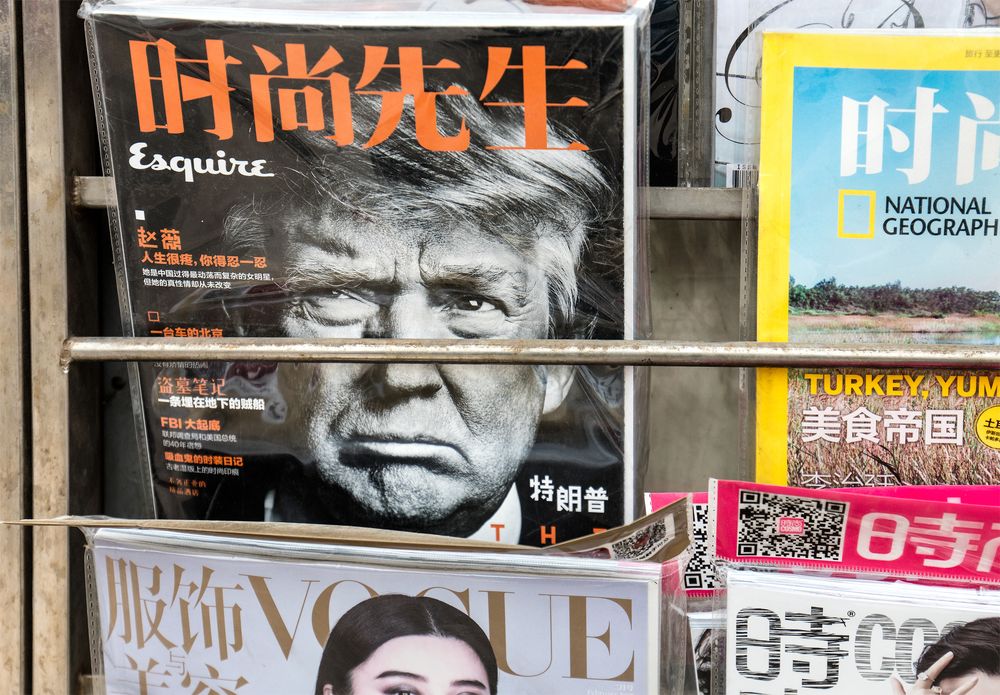
U.S. President Donald Trump is seen at the cover of a magazine at a news stand in Beijing, China on April 7, 2017. (shutterstock.com photo)
U.S. President Donald Trump is seen at the cover of a magazine at a news stand in Beijing, China on April 7, 2017. (shutterstock.com photo)
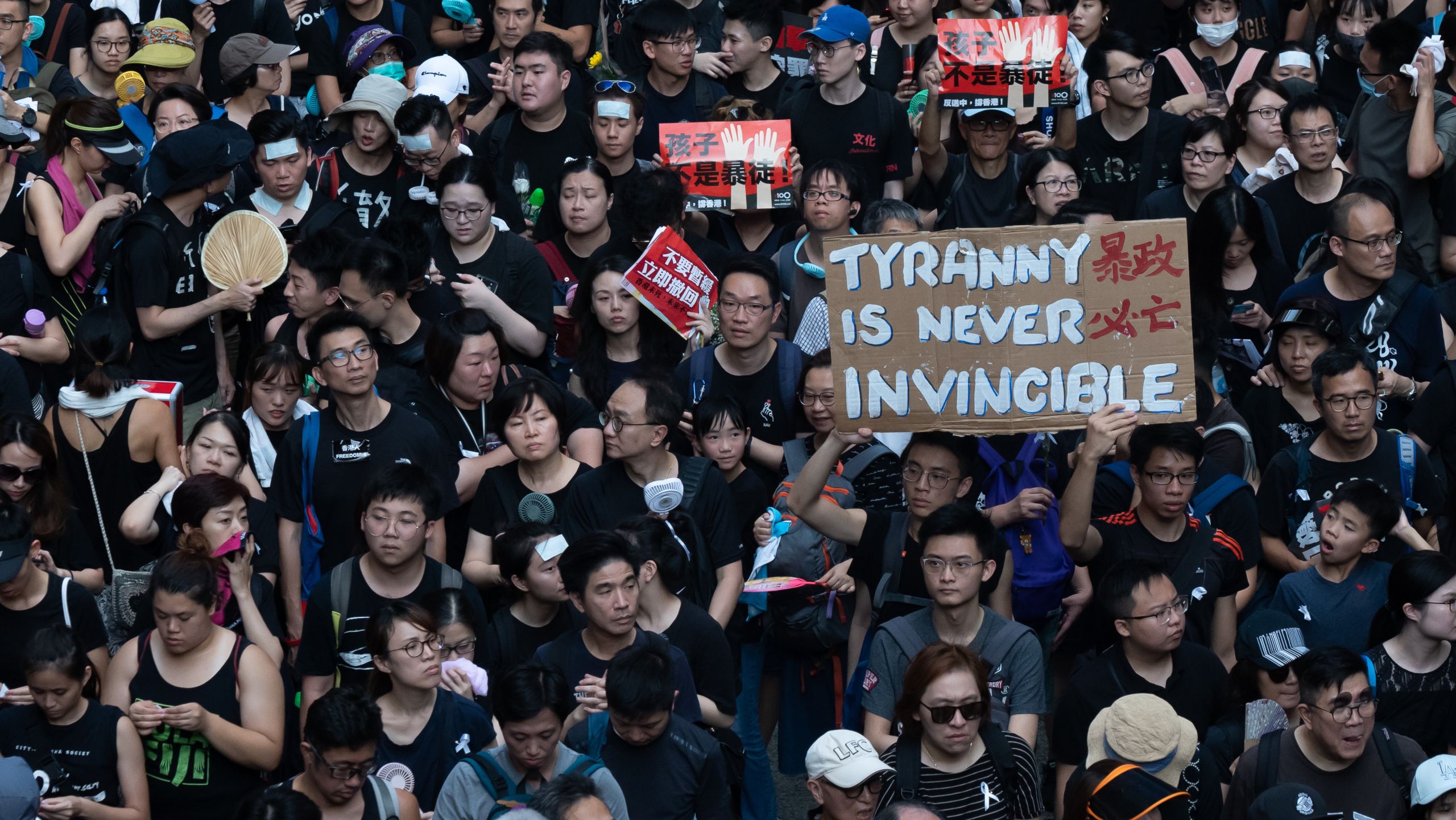
Hong Kongers demonstrate on the streets against the then proposed (now scrapped) controversial extradition law on June 16, 2019. (shutterstock.com)
Hong Kongers demonstrate on the streets against the then proposed (now scrapped) controversial extradition law on June 16, 2019. (shutterstock.com)
We need more than reciprocity
Unlike journalists who do really tough reporting on China, journalists who tow the CCP-line can expect favors from Beijing. First and foremost, they get to stay in China, resulting in a bias towards pro-China reporting from the country itself. They also get more access to China’s leadership and privileged information. The toughest analysis that arguably more closely resembles reality is written outside the country by those not seeking any future favors from Beijing.
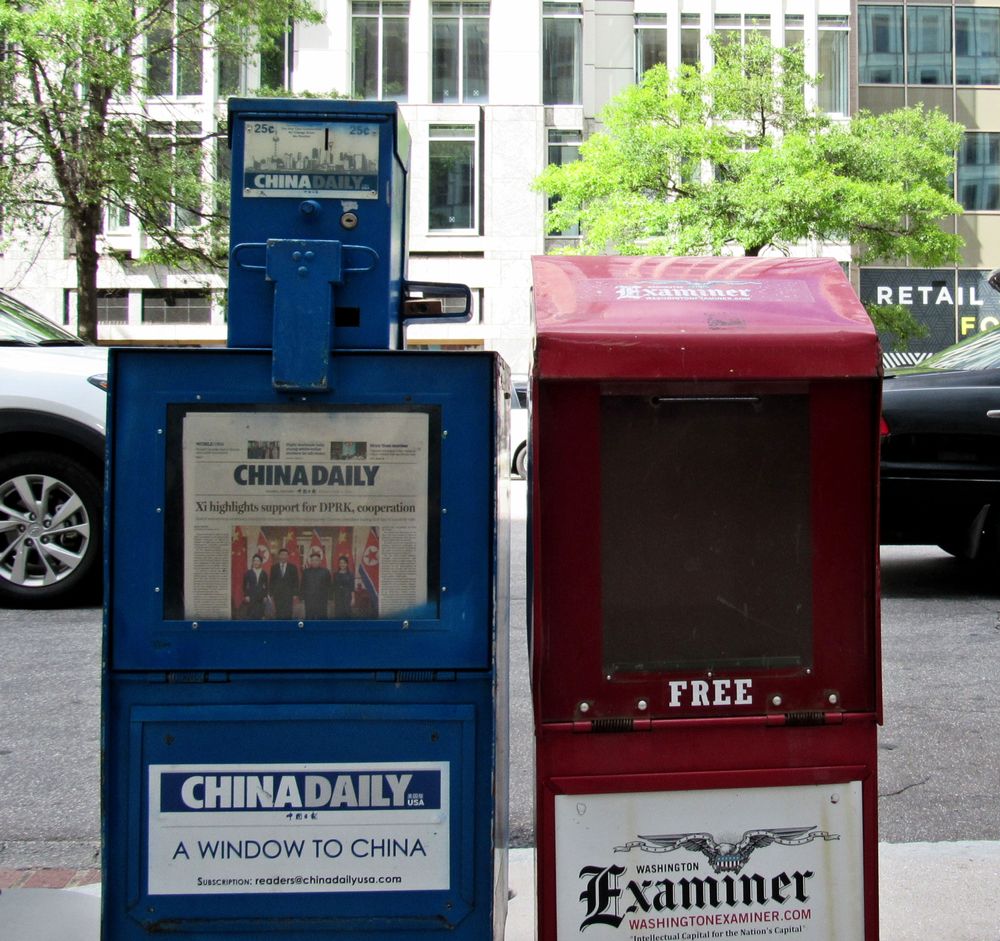
The U.S. edition of Beijing-based China Daily for sale from a newspaper box on Pennsylvania Ave., near the White House, in Washington on June 21, 2019. (shutterstock.com)
The U.S. edition of Beijing-based China Daily for sale from a newspaper box on Pennsylvania Ave., near the White House, in Washington on June 21, 2019. (shutterstock.com)
There are important differences between the U.S and CCP actions in this struggle over a free media, in which that media is at times treated as collateral damage. First, China’s reporters in the U.S. are typically state-directed while American reporters (with the exception of Voice of America and Radio Free Asia), are not. The same applies in Germany with Deutsche Welle and Britain with the BBC.
Even these outlets, however, are subject to control by democratic processes, and so are more responsive to viewers than are Chinese state media that have no loyalty — either democratic or pecuniary — to any audience other than CCP censors. Democratic press freedoms tend to extend to state broadcasters in democracies.
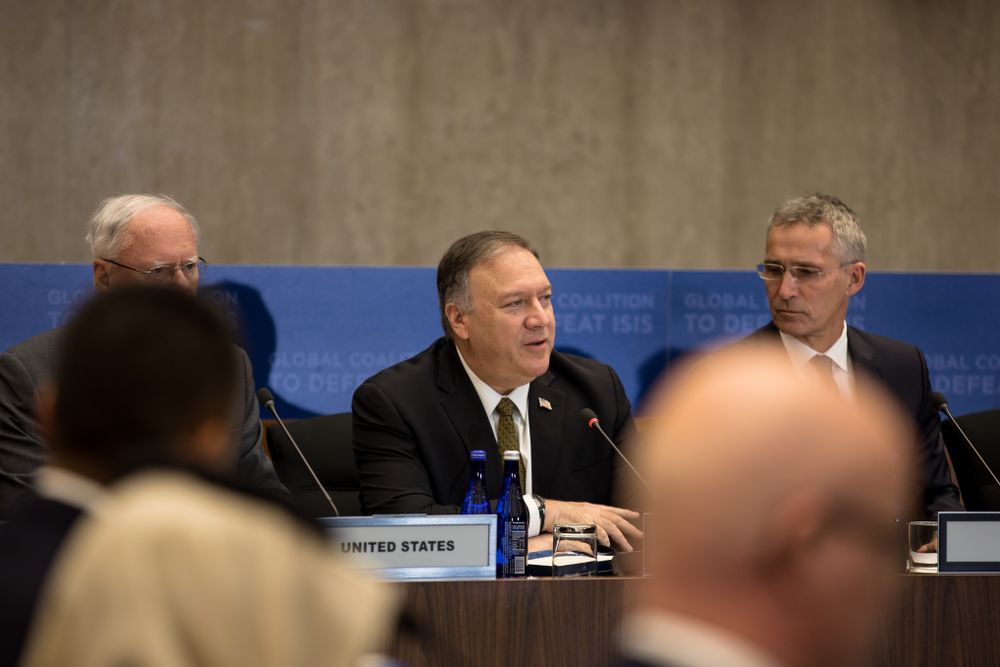
A file image of Secretary of State Mike Pompeo Washington D.C., U.S. on Nov. 14, 2019. (shutterstock.com)
A file image of Secretary of State Mike Pompeo Washington D.C., U.S. on Nov. 14, 2019. (shutterstock.com)
As Secretary of State Pompeo said on March 17, Chinese state media is in no way the equal of the free press.
This isn’t apples to apples. You all know the press freedoms you have. We were just joking about them, right. You all get to ask me whatever questions you want, and I give you the answer. We know that that kind of freedom doesn’t exist inside of China. Indeed, the Chinese will tell you that they want more information, people to know more about their country, and yet they continue to take actions like the one you see today, where they deny the world the capacity to know what’s really going on inside of their country. The individuals that we identified a few weeks back were not media that were acting here freely. They were part of Chinese propaganda outlets. We’d identified these as foreign missions under American law. These aren’t apples to apples in any respect.
While expelling Chinese state media reporters in retaliation for the expelling of American reporters is necessary, it is not sufficient because the American reporters were part of the free media, while the expelled Chinese national reporters were not. Expelling state media does not undo the CCP wrong of weakening a global free press.
Numerical reciprocity is also insufficient because the U.S. is a smaller country than is China. Adequately covering China requires more reporters than does adequately covering the U.S., especially since the CCP actively excludes western reporters in China from full access to politically sensitive areas like Tibet and Xinjiang “autonomous” regions. China’s reporters, by contrast, have the run of the entire U.S.
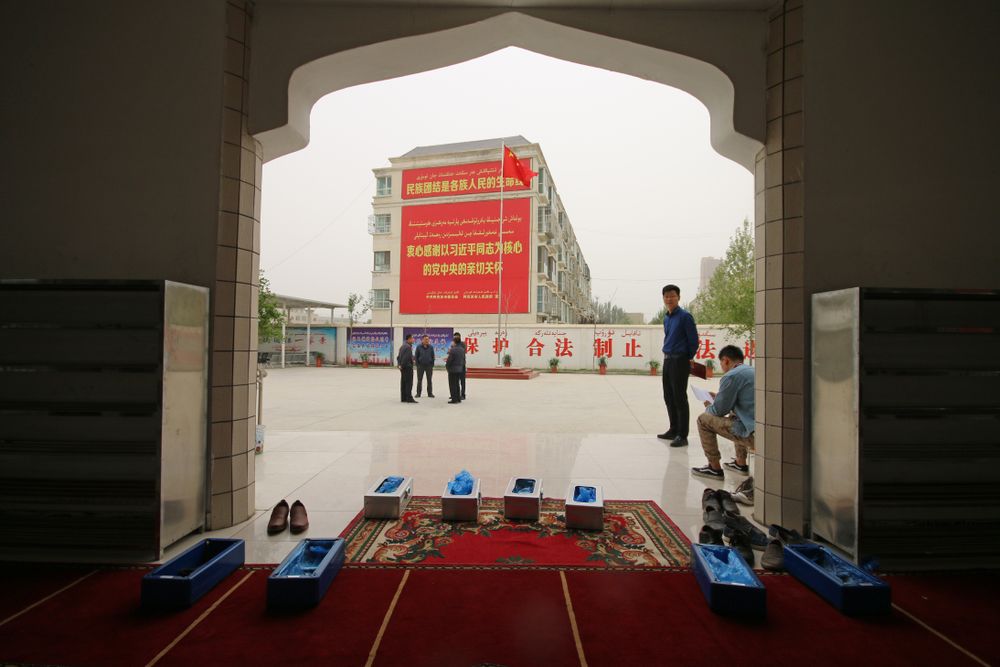
A photo taken on April 24, 2019 during a press tour organized by the Chinese regime when journalists were taken to select mosques in Aksu in Xinjiang, China. (shutterstock.com photo)
A photo taken on April 24, 2019 during a press tour organized by the Chinese regime when journalists were taken to select mosques in Aksu in Xinjiang, China. (shutterstock.com photo)
A more just ratio of U.S. to Chinese reporters would therefore be 10:1 given the relative access and country size with which each reporter group must grapple. This would imply limiting Chinese state media representatives in the United States to approximately 10 reporters for the 100 reporters they currently allow from the U.S.
This stronger measure would send a clear message to China that their authoritarianism is unacceptable at home and abroad. They are a global risk to freedom of speech. We should in response go further than numeric reciprocity when they expel reporters from any nation. True reciprocity should take account of the massive size of the Chinese state, and the lack of access accorded to foreign media.
Our motto with China should now be,
“No more Mr. Nice Guy”
Anything less will be interpreted as weakness
Anders Corr holds a Ph.D. in government from Harvard University and has worked for U.S. military intelligence as a civilian, including on China and Central Asia.
The views and opinions expressed in this article are those of the author and do not necessarily reflect the official editorial position of LiCAS.news
© Copyright 2020 LiCAS.news
This article was published March 26, 2020.
